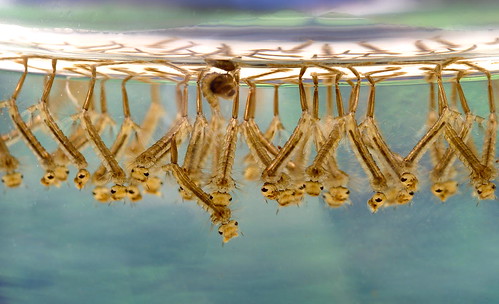I first noticed
Ubuntu, a relatively new distribution of Linux, when it won last year's
Linux Journal reader's choice award for the best Linux distribution.
Ubuntu is purported to be very user friendly (see, for instance,
10 Things that make Ubuntu a Neophyte's Distribution); the makers of Ubuntu report that the average user can get it installed in less than 25 minutes, and most items that typically require command-line editing in other Linux distributions have graphical equivalents in Ubuntu. Ubuntu also has a regular release cycle; every 6 months a new stable release comes out that is guaranteed to be easily upgradeable from their last release.
Ubuntu has a Live CD version of their distribution that allows users to run Ubuntu on their computers without installing anything. I tried this out last weekend on my
Debian box (which, as regular readers might recall, took me
days of fiddling to get running), and the system booted to a functioning Ubuntu system in about a minute. The only configuration I had to do was select the language I wanted to use, my location in the world, and my keyboard type (and every one of those had the proper default set, so all I had to do was hit return). The only problem I encountered was that the system didn't auto-configure my network properly (it acquired an IP address that conflicted with my SO's computer). In Debian I would have had to delve into a terminal window and type lots of magic words to resolve this; in Ubuntu, however, I was able to resolve the conflict in just minutes using their graphical network configuration tools.
While I spent hours trying to get my printer configured in Debian, Ubuntu actually auto-detected the model of my printer for me. Once I went into Ubuntu's graphical printer installation menu and selected the printer model, Ubuntu did all the rest. It took me about 30 seconds to go from starting to configure the printer, to actually printing a test page; it was easier than Windows XP.
Ubuntu has also taken Debian's already super-cool method of getting new programs (
apt-get) and made it even easier to use by wrapping it in a graphical interface. All the information you might want is right in front of you (all the programs are categorized by function, and the list of programs is also easily searchable); installing a program is as easy as checking a box. And, did I mention that all the hundreds of programs listed in their menus are all free to install?
Ubuntu also did a lot of other things easily; for instance, adding a new repository (to install non-supported, but still free, programs) involved a couple of simple menu clicks, mapping drives was easily done with an intuitive graphical interface, and a little popup window alerted me that there were some security updates I might want to download (but,
unlike Windows, the popup didn't force me to download them).
What was even more amazing was that all of this was happening with
absolutely nothing installed on my hard drive; the Live CD runs solely in RAM. This does lead to one problem: since there's nothing installed on the hard drive, there's no way to save all of the changes when the computer is shut down. However, there
are reports that when the next version of Ubuntu comes out (in April 2006), Ubuntu will be able to save Live CD session information on a USB thumb drive (or other partitionable disk).
After a few hours of playing with my Ubuntu install (and getting a more functional system than I had after days of installing Debian), I'm highly tempted to switch to Ubuntu. Considering that Microsoft is going to be releasing not one but
six new versions of their operating system this year (which I'm sure they'll charge for), I'm extremely tempted to switch my main home computer to Ubuntu as well.
Let's take score:
- Ubuntu: Free (+1), "Ubuntu is, and always will be, 100% free." (+2; from their FAQ), thousands of supported programs installable (and upgradeable) with one very easy-to-use menu (+2), doesn't even need a hard drive to run (+1), configures itself automatically (+1), not used at my workplace (-1), doesn't run Civ IV (-2) = 4
- Windows: Expensive (-2), must pay for additional programs (-2), requires gobs of hard drive space (-1), usually configures itself automatically (+1), used by most everyone else in the world (0), runs Civ IV (+2) = -2
Seems like Ubuntu may be a winner. However, given that the guys of
Penny Arcade are switching
to Macs (see their
news posts for more), maybe I should even consider courting the
dark side ...
[If you're interested in trying out Ubuntu, download an image of their latest Live CD from
this page. Go ahead, give it a try - the most it will cost you is a CDR. Oh, and if you don't want to burn a CD, Ubuntu will even
ship you a CD for free. To find other places on the net that discuss Ubuntu, see
this post.]









